Strategic Options for Adapting Biodiversity Management to Climate Change

This is the English version of this report. It is also available in:

This is the English version of this report. It is also available in:
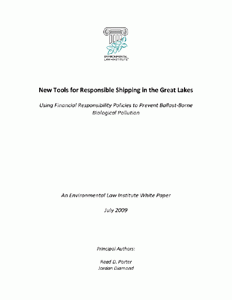
This white paper identifying financial responsibility tools that could be used to protect the Great Lakes economy and environment from biological pollution introduced in ballast water. The white paper introduces the legal framework governing ballast water discharge, discusses liability for discharge of untreated ballast water, and illustrates how financial responsibility mechanisms can be applied to address the potential liabilities and environmental damage arising from ballast water discharge.
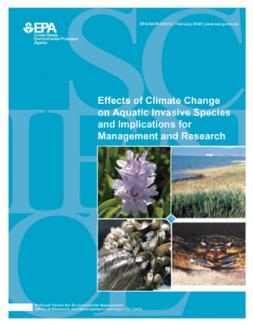
This ELI-authored EPA report considers the interactions of climate change and aquatic invasive species (AIS). It analyzes the existing scientific literature on the effects climate change will have on AIS and considers provisions for adaptation to changing conditions in existing state AIS management plans. Based on this analysis, ELI offers five recommendations for states to maintain and improve state AIS management programs and activities in a changing climate.
Pollution prevention, rather than "end of the pipe" treatment of effluent, has recently emerged as the preferred strategy in the reduction of industrial emissions. By signing the Biodiversity Treaty in 1993, President Clinton signaled U.S. recognition that protecting the global ecosystem is one of the planet`s principal challenges. New Uses for Old Tools demonstrates that the U.S. EPA can accomplish these goals without the addition of new regulations or laws.

This is the English language version of the Resource Manual. The Manual is also available in:
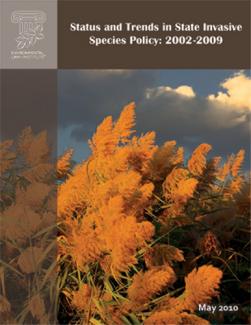
Status and Trends in State Invasive Species Policy: 2002-2009 reviews developments in state laws and regulations governing invasive species in eleven states. It finds that invasive species laws and regulations are often fragmented and incomplete and have developed primarily on a species-by-species basis in response to crisis. As a result, they often fail to address potential future invaders or close off known invasion pathways.
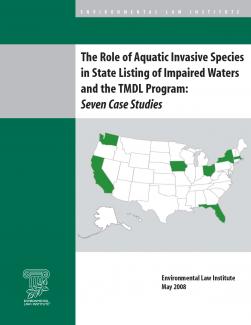
ELI’s report, The Role of Aquatic Invasive Species in State Listing of Impaired Waters and the TMDL Program, examines how seven states representing a range of geography, number of aquatic invasive species, water quality standards, 303(d) listings for invasive species, and aquatic invasive species management programs have addressed the effects of aquatic invasive species on the waters of their respective states through the federal Clean Water Act.
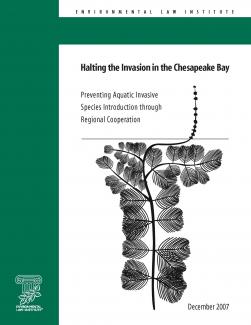
ELI’s report, Halting the Invasion in the Chesapeake Bay, examines the complex issues faced in addressing the issue of aquatic invasions in the Chesapeake Bay. The report analyzes laws and regulations that affect aquatic invasive species prevention efforts, such as the pet trade, importation of aquarium fish, aquaculture, and other commercial enterprises, and makes recommendations intended to harmonize inter-state efforts in the Chesapeake Bay under existing authorities and to strengthen the existing legal infrastructure.
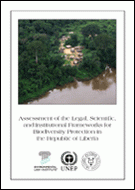
This report was coauthored by ELI and the University of Oxford’s Department of Plant Sciences, with support from, and in collaboration with, the United Nations Environment Programme’s Post-Conflict and Disaster Management Branch. It undertakes a detailed analysis of the current laws, regulations, institutions, and practices affecting the management and conservation of biodiversity in Liberia. Based on its research findings, the report highlights priority actions to improve Liberia’s governance of biodiversity.